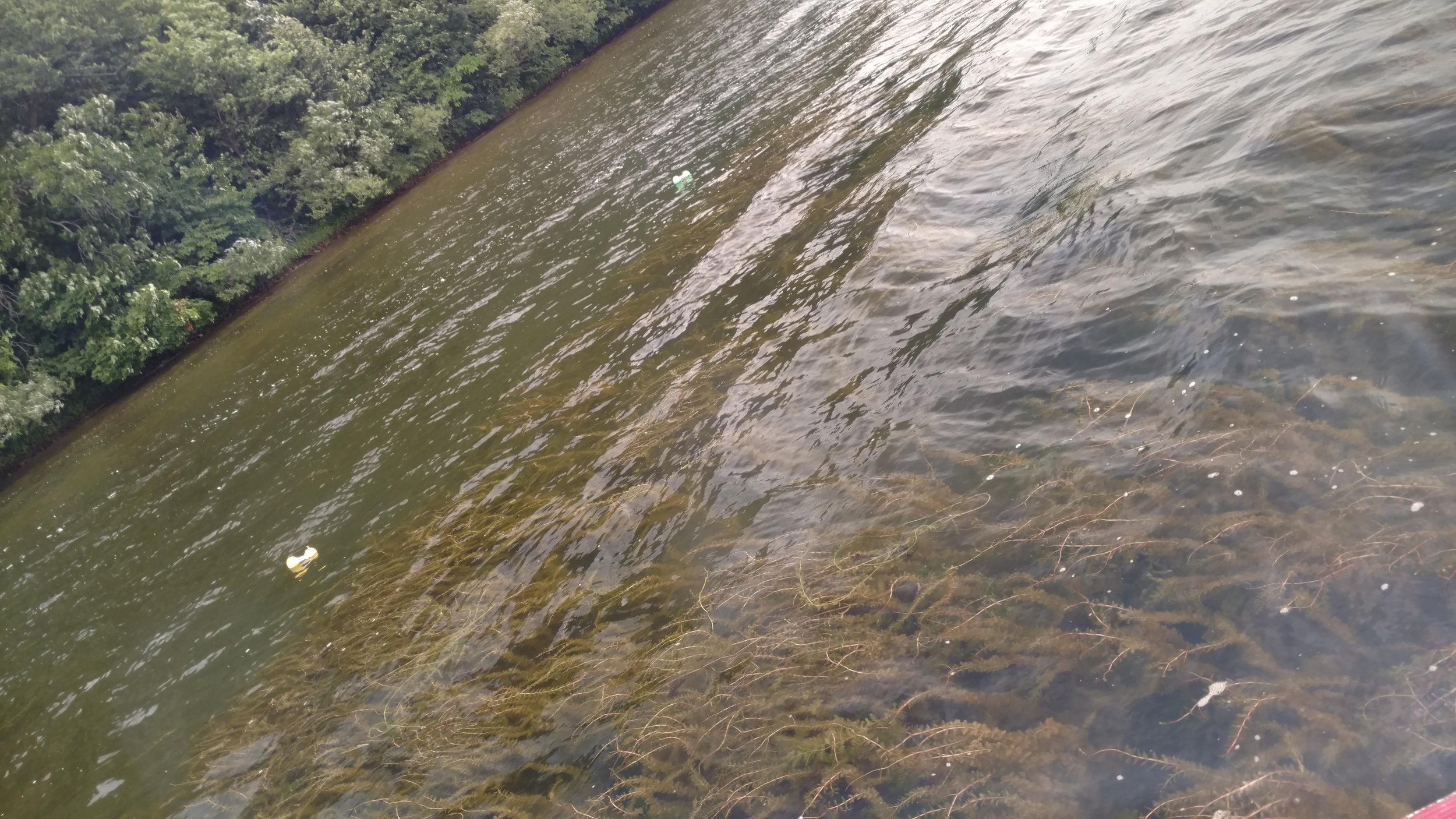
Eurasian watermilfoil distribution, abundance, and impacts
Will property values cool as EWM invasion heats up?
Eurasian watermilfoil (EWM) is an invasive aquatic macrophyte of high ecological and economic concern that has invaded lakes and waterbodies of Minnesota since late 1980’s. Often considered a nuisance species by boaters and fishing enthusiasts; large population densities of EWM is known to hinder boating activities and alter lake ecology impacting quality of recreational fishing. EWM invasion can also lower the aesthetic appeal of heavily infested lakes, which can have a tangible economic impact in the form of depreciated lake-front property values. As part of an ongoing long-term monitoring and mitigation program of aquatic invasive species (AIS) across Minnesota, our research on EWM focuses on the following goals:
Identify key ecological drivers of EWM invasion, especially the role of lake-specific water temperature and water chemistry attributes
Predict distribution and abundance of EWM invasion under current and future climates
Link and model the potential economic impact of EWM infested lakes on lake-front property values
In work led by Dr. Shyam Thomas, we evaluated the relationship between lake covariates and EWM occurrence and abundance in Minnesota. This work both identified the outsized role of water temperature as a driver of EWM, and highlights the vulnerability of Species Distribution Models to data quality limitations common in population ecology.
The economics team, led by Adriana Castillo-Castillo and Dr. Steve Polasky, meanwhile showed that the overall effect of EWM is a decline in property sale prices on lakes where it invades, but that tremendous variability exists in this effect.


